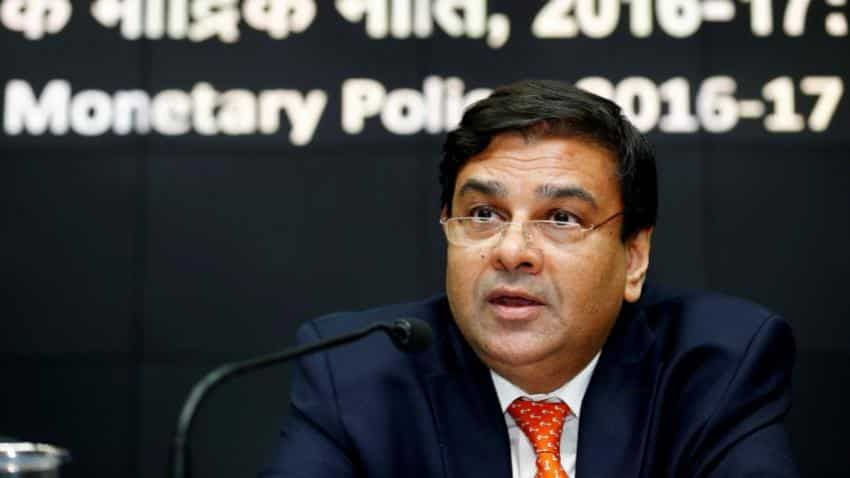RBI maintains 'status quo' 2nd time in row; repo rate stands at 6%
Policy repo rate under the liquidity adjustment facility (LAF) continues to stand at 6%, while reverse repo rate under the LAF remains at 5.75%, and the marginal standing facility (MSF) rate and the Bank Rate at 6.25%.

RBI Governor Urjit Patel along with six-member Monetary Policy Committee (MPC) on Wednesday maintained status quo for the second time in a row during fifth-bi-monthly monetary policy of FY18.
Policy repo rate under the liquidity adjustment facility (LAF) continues to stand at 6%, while reverse repo rate under the LAF remains at 5.75%, and the marginal standing facility (MSF) rate and the Bank Rate at 6.25%.
Further, the central bank has also remains firm on its neutral stance, which was changed from earlier accomodative.
The decision of the MPC is consistent with a neutral stance of monetary policy in consonance with the objective of achieving the medium-term target for consumer price index (CPI) inflation of 4 per cent within a band of +/- 2 per cent, while supporting growth.
RBI has been on a status quo since October policy as it believes that risk surrounding inflation has not flavoured out from the data.
As per RBI committee, first, moderation in inflation excluding food and fuel observed in Q1 of 2017-18 has, by and large, reversed. There is a risk that this upward trajectory may continue in the near-term.
Secondly, the impact of HRA by the Central Government is expected to peak in December. The staggered impact of HRA increases by various state governments may push up housing inflation further in 2018, with attendant second order effects.
Thirdly the RBI also added, the recent rise in international crude oil prices may sustain,especially on account of the OPEC’s decision to maintain production cuts through next year. In such a scenario, any adverse supply shock due to geo-political developments could push up prices even further.
It added, "despite recent increase in prices of vegetables, some seasonal moderation is expected in near months as winter arrivals kick in. Prices of pulses have continued to show a downward bias."
According to RBI, the GST Council in its last meeting has brought several retail goods and services to lower tax brackets, which should translate into lower retail prices, going forward.
Taking into account these factors, RBI expects inflation to range between 4.3-4.7% in Q3 and Q4 of this year, including the HRA effect of up to 35 basis points, with risks evenly balanced
According to reports, discussion on the monetary policy has already taken place on Tuesday, and the resolution was made public by Patel today.
Earlier, Morgan Stanley in its research report stated that given the rise in headline inflation and steady core inflation, they do not expect the RBI to ease further in the December monetary policy meeting.
Nomura also stated that "House Rent Allowance and Goods and Services Tax (GST) effects are to be blamed for higher underlying momentum in inflation and accordingly, the RBI is expected to stay on hold through 2018 which also includes December policy."
Similar opinions also came from analysts at Care Ratings, ICRA, Nirmal Bang and many others.
02:30 PM IST






 RBI Rate Hike or Status Quo? 8 big factors that will force Guv Urjit Patel's hands
RBI Rate Hike or Status Quo? 8 big factors that will force Guv Urjit Patel's hands  Govt to bear MDR charges on small transactions for next 2 years
Govt to bear MDR charges on small transactions for next 2 years RBI's neutral policy stance a recognition of under-control inflation: Finance Ministry
RBI's neutral policy stance a recognition of under-control inflation: Finance Ministry RBI allows overseas branches of banks to refinance ECBs
RBI allows overseas branches of banks to refinance ECBs RBI rationalises framework for Merchant Discount Rate; details you need to know
RBI rationalises framework for Merchant Discount Rate; details you need to know